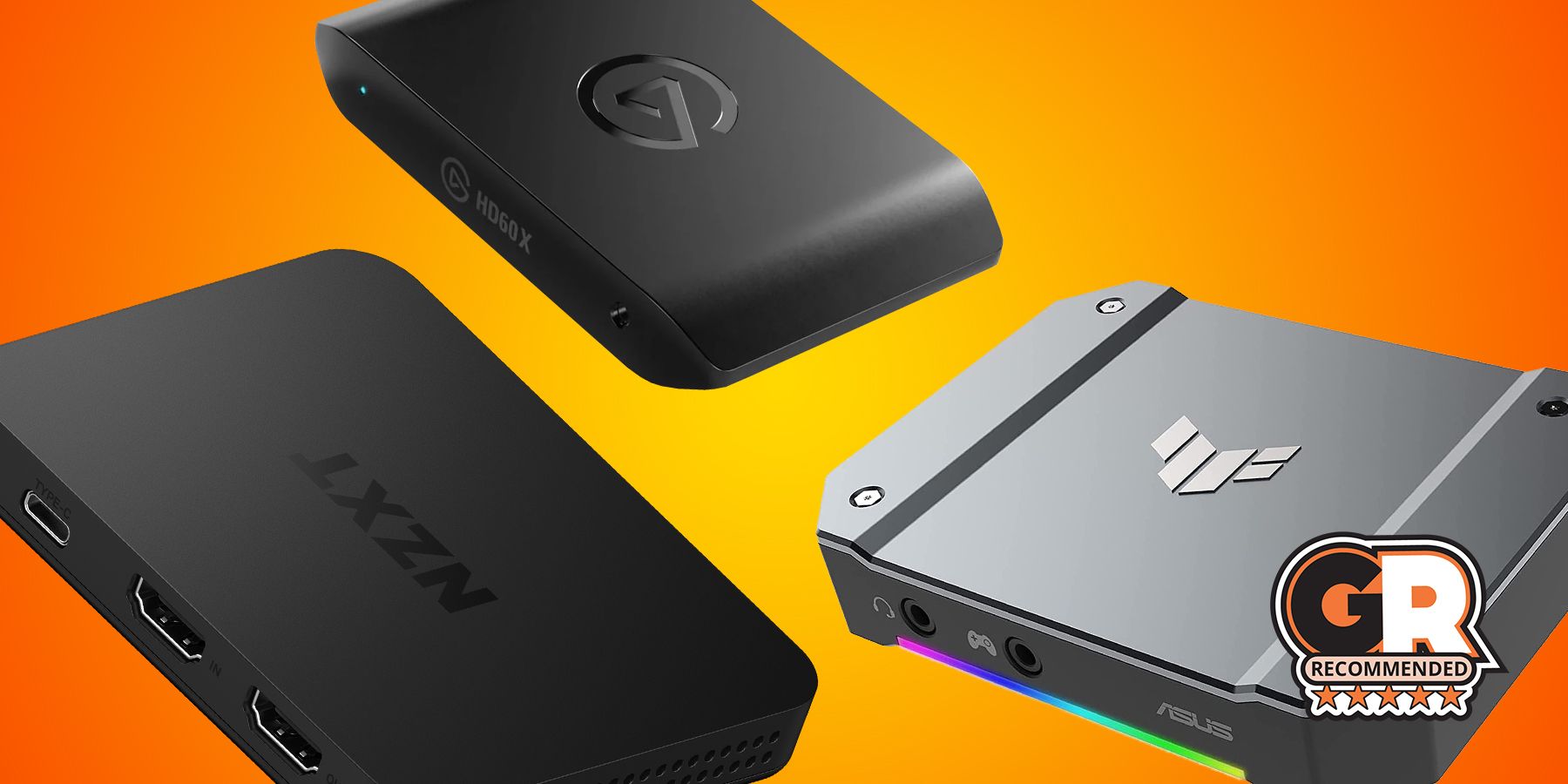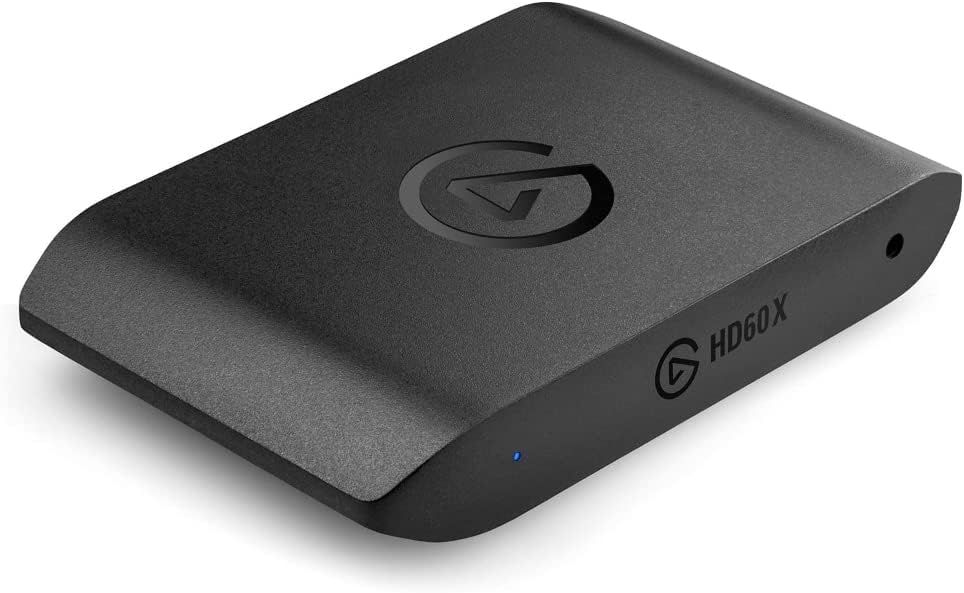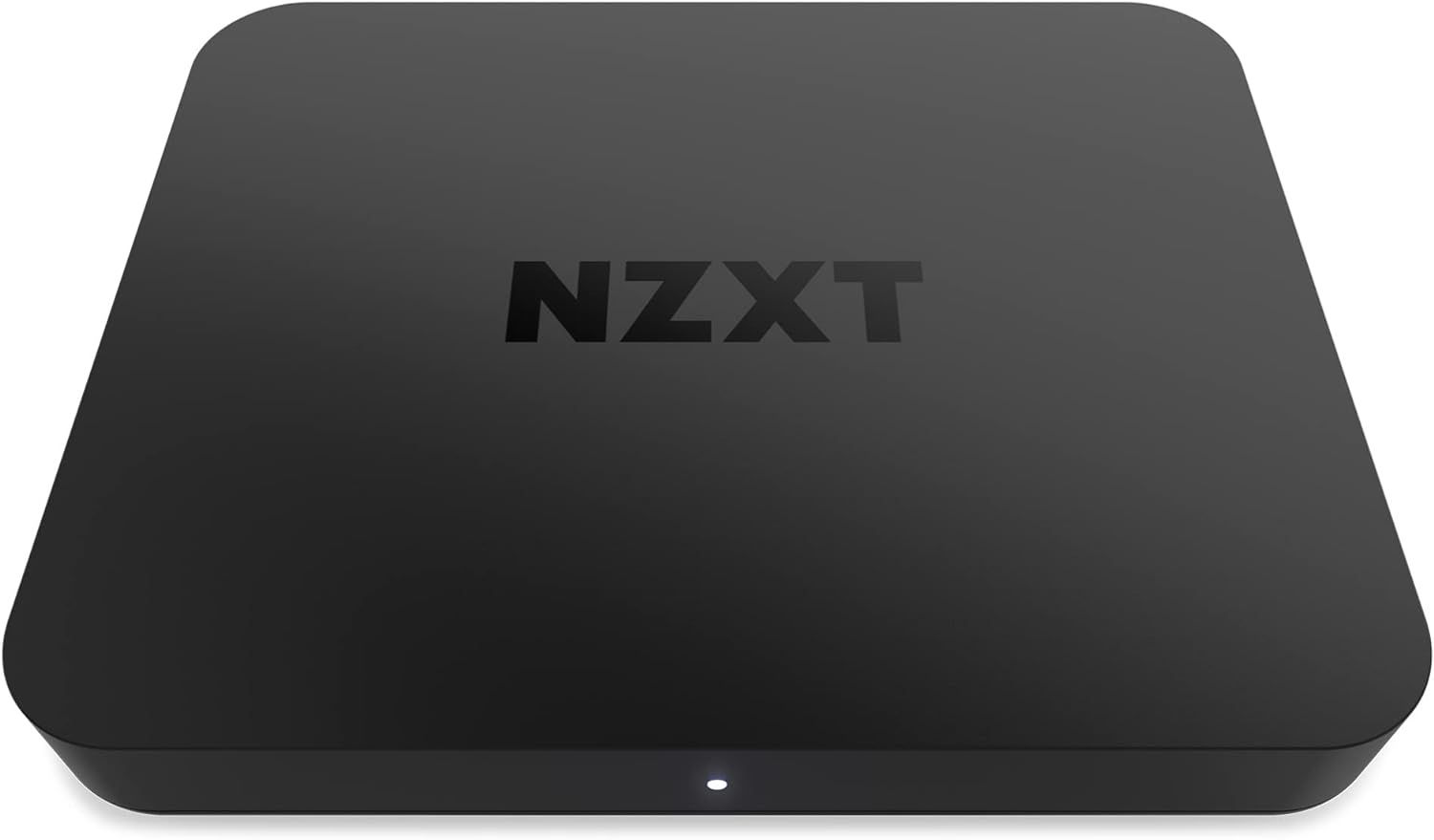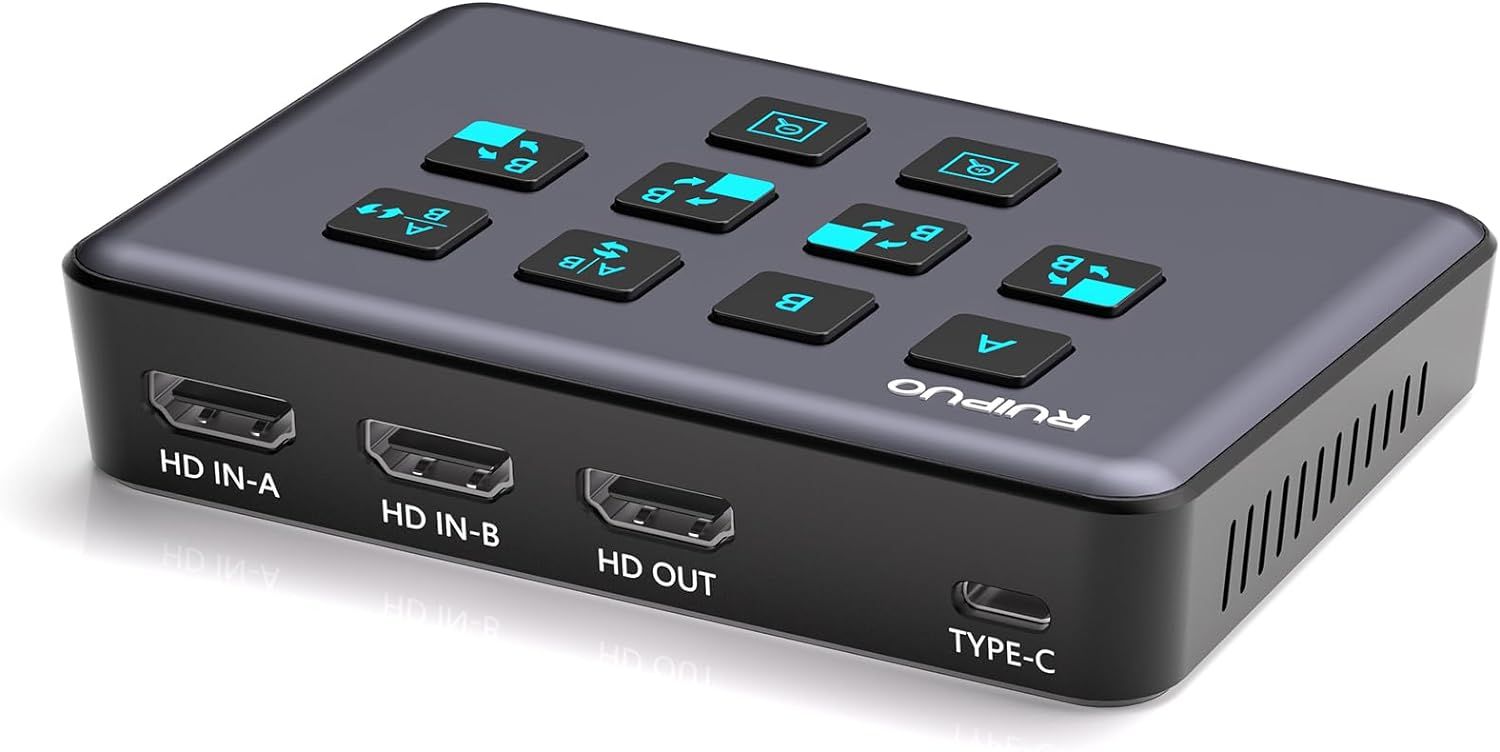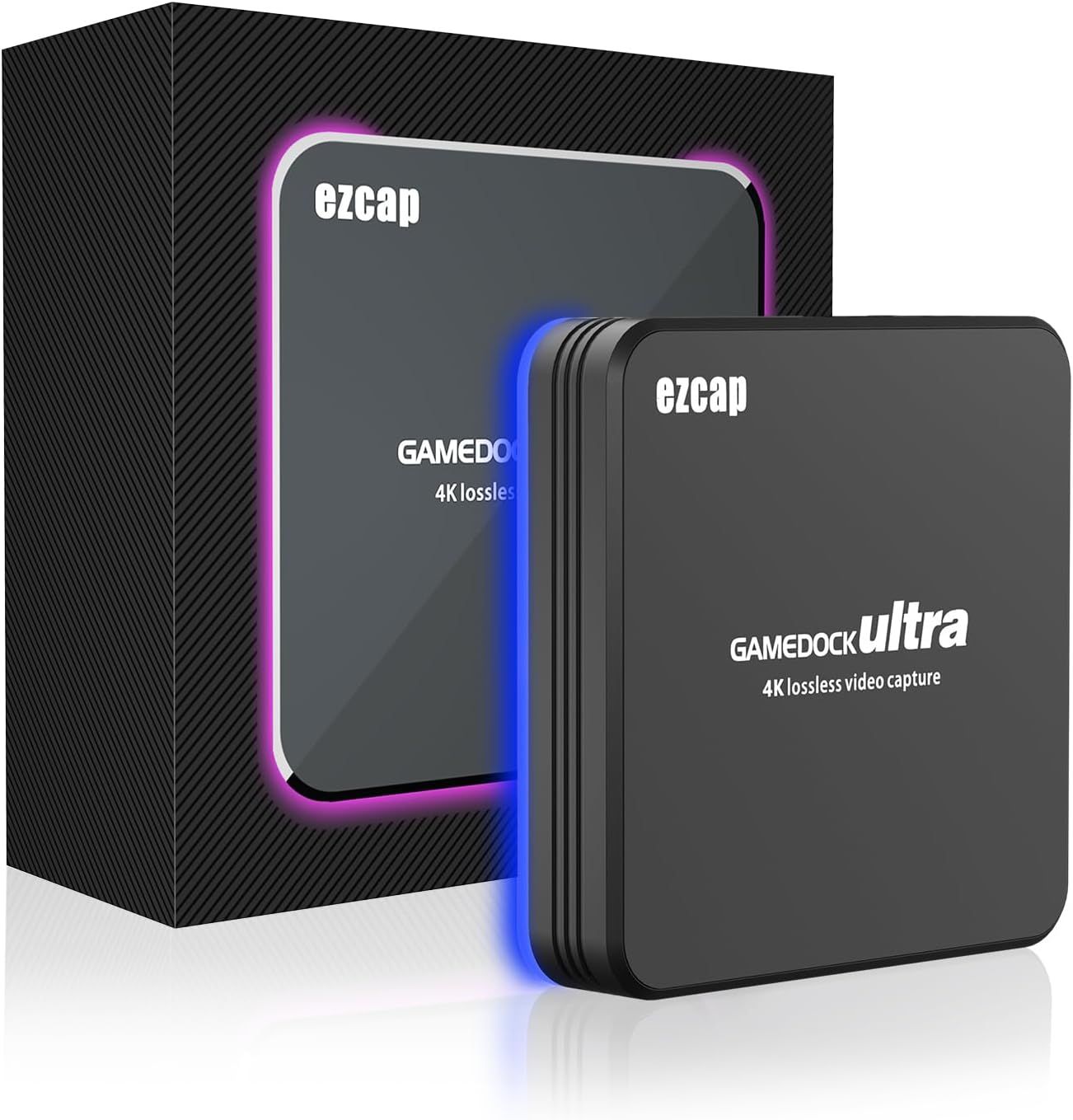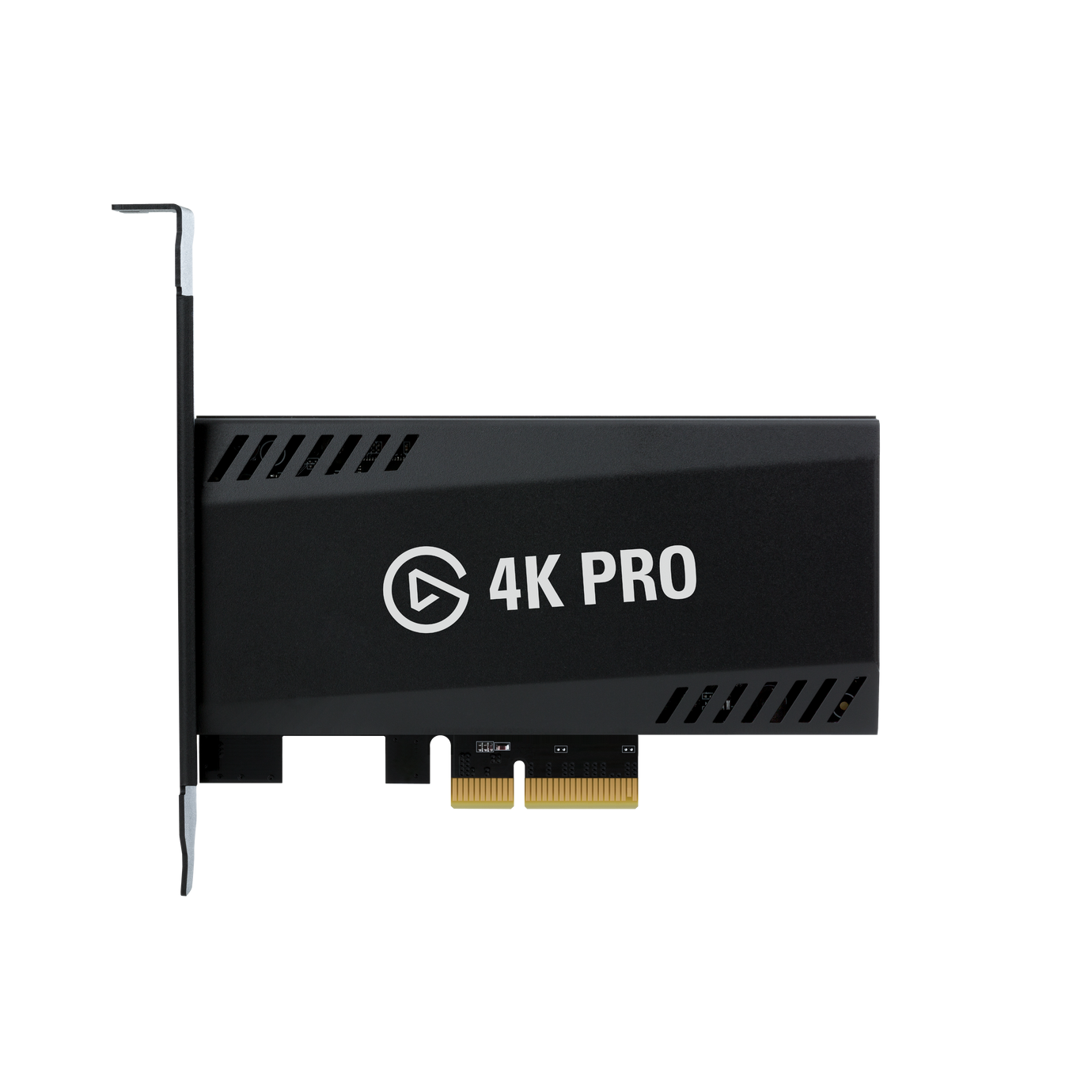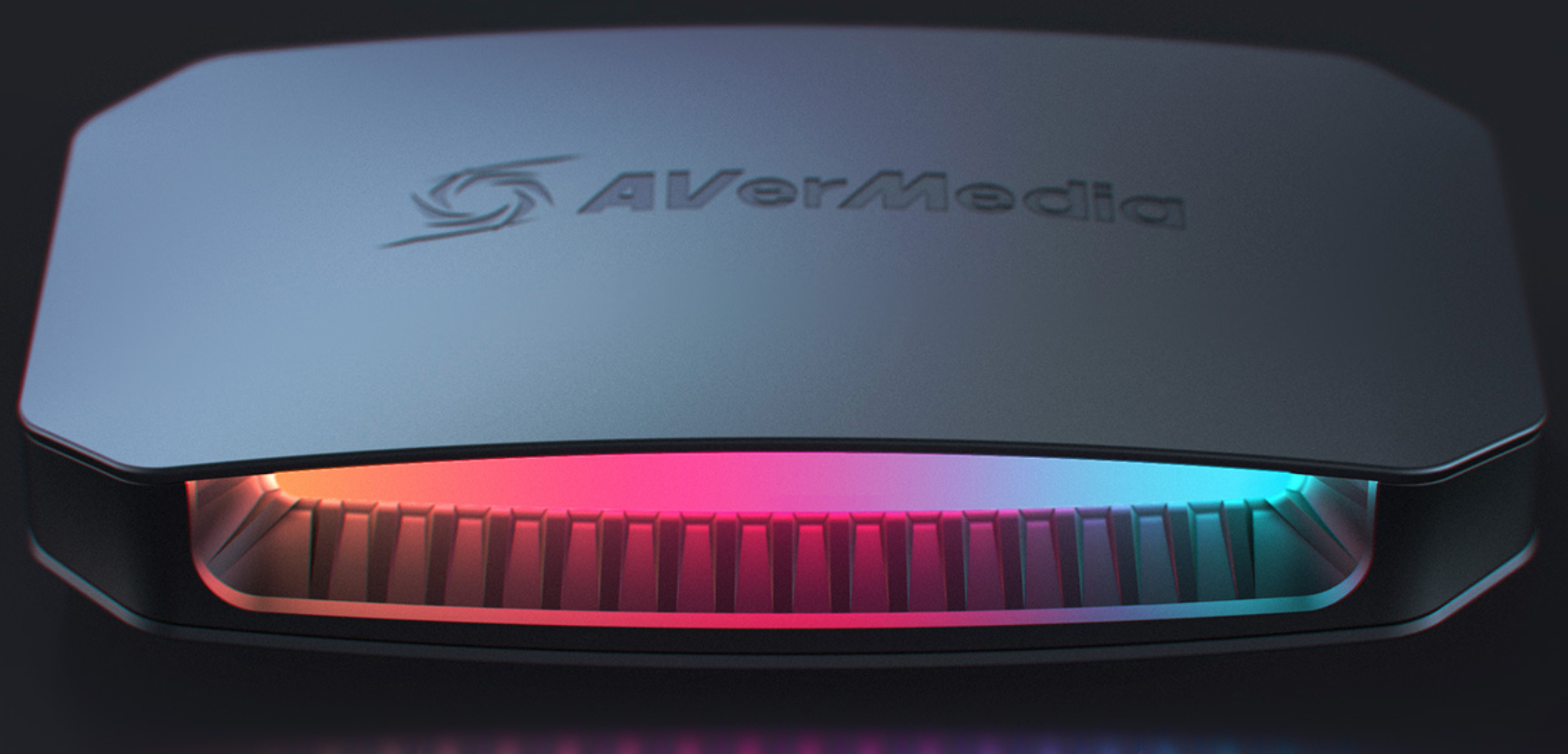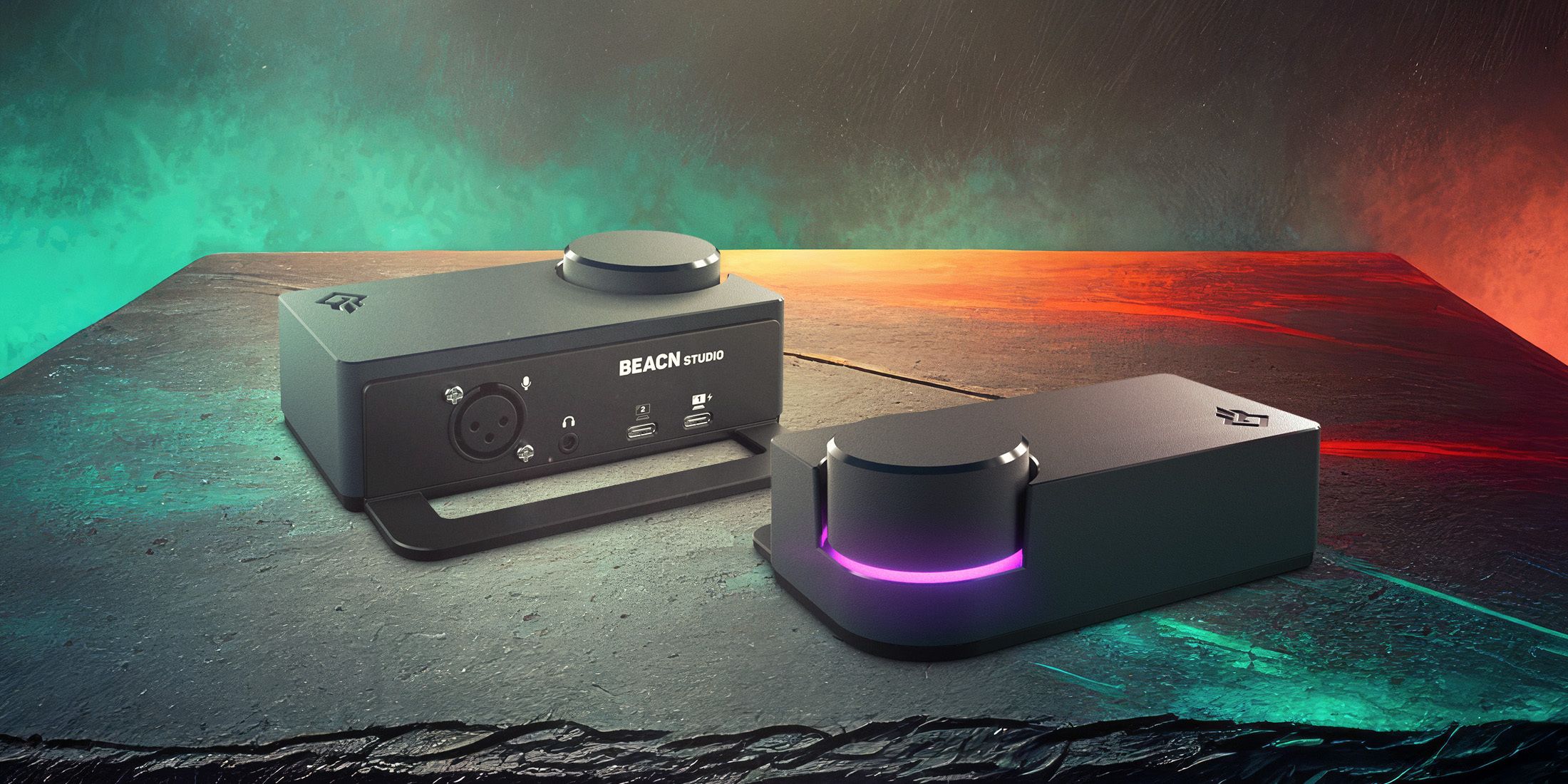Users would be quite surprised to know that the gaming and streaming industry has grown so massively that the total percentage of streamers is close to 30% of all gamers around the globe. Twitch alone has close to 150 million users per month and hosts some of the most popular video game streamers with a huge following.
As we step into 2024, the need for uncompressed and high visual quality is in demand, which modern PC hardware and consoles have to fulfill in order to please the viewers. By default, the latest gen consoles like Xbox Series X and PS5 as well as high-end gaming PCs support streaming with built-in hardware, but it puts more load on the hardware, which results in a slight or noticeable downgrade in performance.
Related
The Best Gaming Controllers in 2024
The best gaming controller offers enhanced customization and performance on PC, PlayStation, Nintendo Switch, and Xbox.
This is where the Capture Cards come into action, as they offer undistorted visual quality for real-time streaming or recording and take away the screen capture load off the system’s main processor. Professional gamers and streamers tend to use a dedicated capture card for the same reason and this is why Game Rant’s team has compiled a list of the best capture cards users can buy in 2024.
Updated on May 26, 2024, by Elvis Shida: With the arrival of HDMI 2.1 capture cards, we have updated our PCIE-E and high-end picks with new models. These newer capture cards unlock more capabilities on your gaming console and PC, with support for up to 4K at 240Hz passthrough and 4K at 60Hz capture with HDR and VRR.
Game Rant’s Picks for the Best Capture Cards in 2024
After the huge success of the Elgato HD60 S+, the company launched the HD60 X, which is essentially identical to the latter in most aspects, but brings Variable Refresh Rate (VRR) support for tear-free gameplay. It supports both AMD FreeSync and Nvidia G-Sync, which enhances the experience at higher refresh rates, which the HD60 X supports natively. HD60 X is currently the best capture card to buy, whether users play on a PC or are console users gaming on the PlayStation 5 or Xbox Series X. With its excellent support for recording and streaming gameplay at up to 4K resolution, this device is one of the most future-proof options and is versatile in its functions.
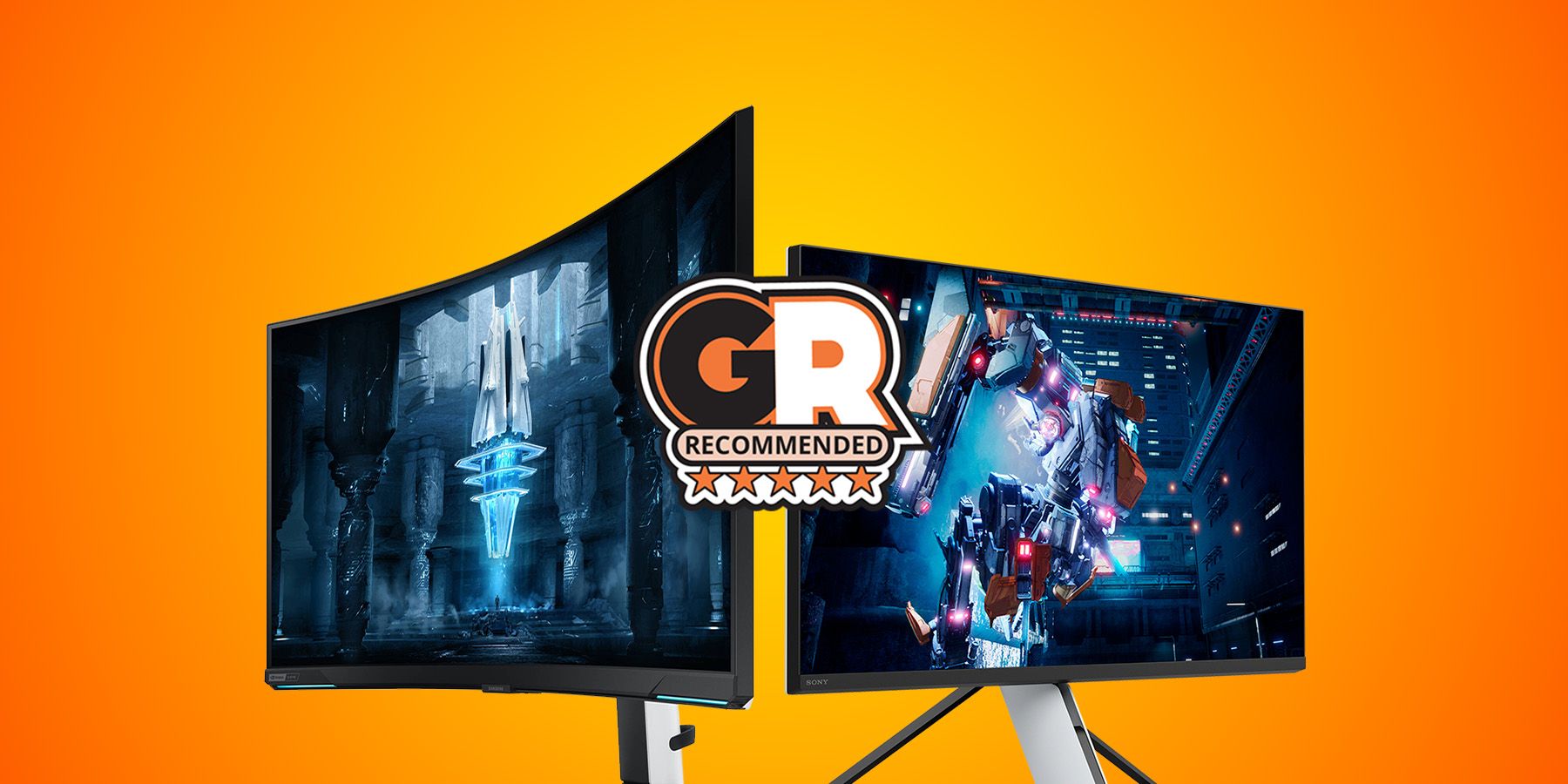
Related
The Best 4K Gaming Monitors in 2024
Here are some of the best high-resolution gaming monitors money can buy in 2024.
It can capture at 4K30, 1440p60, and 1080p60/120 while providing HDR support on some of these configurations. For streaming, it gives 4K60, 1440p120, and 1080p240 passthrough without introducing any input lag, which is ideal for esports players and competitive gamers in general. While the device comes with its own app support, it works way better with OBS. One thing to keep in mind is that when connecting to a console for the passthrough, users will need to use a dedicated audio cable (included) to get the sound from their TV or console. Apart from that, it is a nearly perfect capture card that is highly portable and has a straightforward installation.
NZXT is generally popular for its peripherals and PC hardware, but when it comes to capture cards, not many know that its Signal HD60 is a fantastic device on a budget for most streamers. Even though it lacks some of the advanced features that the Elgato HD60 X comes with, it will meet the needs of most streamers. Signal HD60 is a lightweight capture card with the ability to passthrough 4K60 on a PC or console. It provides a single HDMI input and output port and a USB Type C to connect to the PC. Unfortunately, there isn’t a dedicated audio jack, but that’s not a big deal for most users.
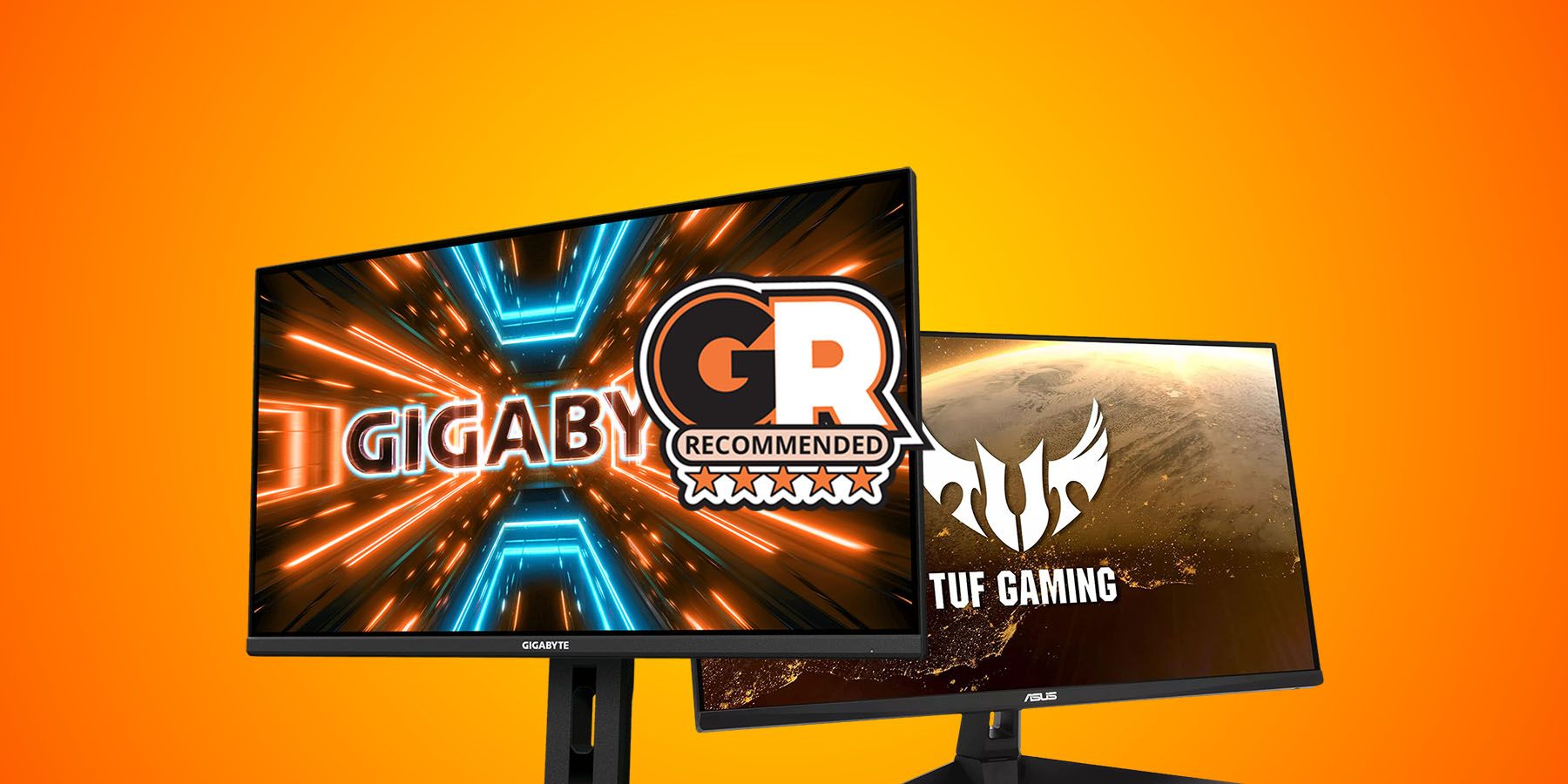
Related
The Best Budget Gaming Monitors in 2024
Need a budget gaming monitor without making any compromises? Here are some of the best in the business.
The device works flawlessly with most streaming/recording software like OBS and Xsplit, but it doesn’t have its own. It won’t matter at the end of the day as the majority of streamers use third-party software for recording and streaming. The HD60 provides ultra-low latency and users should be able to stream without any input lag or delay on their systems. This is why, even though it isn’t a top-of-the-line option for professionals, it gets the basic job done properly and convincingly.
Many streamers struggle to stream multiple sources as most capture cards can only support one input source at the same time. The Ruipuo stands out as it provides dual HDMI input connectors to stream two different sources at the same time. So, users who live stream their gameplay as well as themselves through a webcam or DSLR will have their needs met very smoothly. The max resolution and refresh rate it can support is 4K at 60Hz, but it will only produce an output of 1080p at 60Hz, which can be a limiting factor for enthusiasts, but is totally fine for most streamers out there, as the majority of streamers prefer streaming at 1080p due to the lack of high-end gaming machines.
The capture card provides a USB Type C interface to connect to a system and can work with most third-party software. At the back, it has three dedicated audio ports for microphone, headset, and audio, which is a plus point for recording audio from different sources. Furthermore, there are ten multi-purpose buttons on top that perform actions such as changing the display modes to record what is needed. Certainly, it’s not free from imperfection, but there are several advantages users can have that are unavailable on more expensive capture cards.
The MWIN Flagship Level 4K capture card brings beautiful aesthetics on the exterior and powerful hardware inside to provide a high-quality uncompressed output at different resolutions. The device natively supports 4K60 passthrough with no lag, thanks to the USB-C connection. At lower resolutions such as 1440p and 1080p, it does a marvelous job of supporting up to 144Hz and 240Hz respectively. That essentially means that it is a direct competitor to the Elgato HD60 X for a lower price. However, the latter has some advantages over the MWIN card, such as VRR support. Nonetheless, this card also brings HDR support at 4K and supports multiple devices.
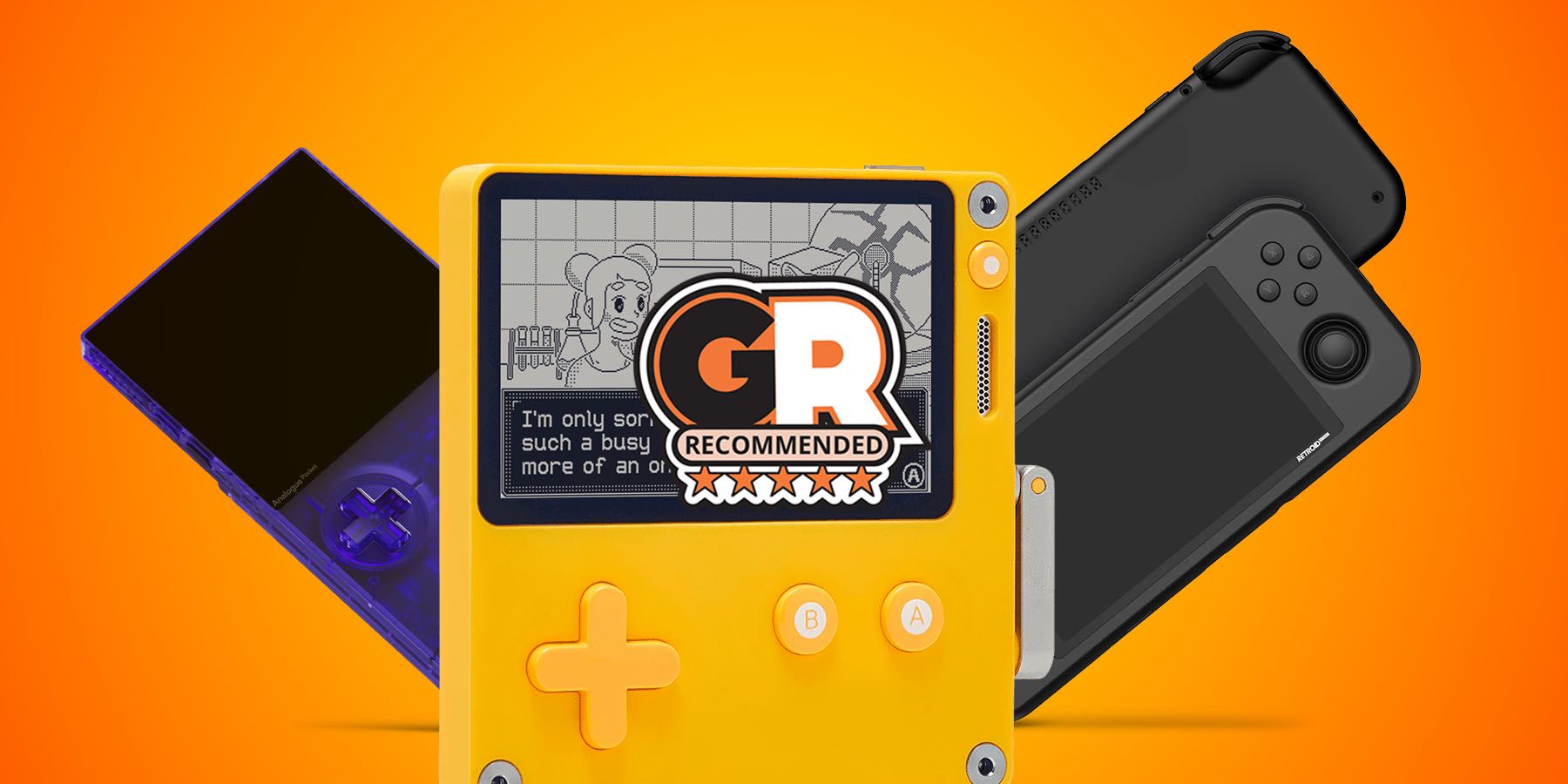
Related
The Best Retro Handheld Gaming Consoles in 2024
After a long, dormant period, handheld consoles are on the rise again. A retro handheld is an excellent way to experience nostalgic games on the go.
The card works flawlessly with PCs and consoles but sometimes has problems when working with Mac devices. Therefore, users who don’t want to take any risks should opt for other capture cards like the Elgato HD60 X. Still, the reports of incompatibility are not too common and can be solved via some basic troubleshooting steps. On the bright side, the MWIN capture card provides support for a dedicated headset and audio mixture.
Previous capture cards like the Elgato 4K60 Pro MK.2 limited gamers to 60 fps when gaming and streaming at 4K resolution, even when the hardware is capable of much more. That means gamers had to either sacrifice performance or turn the resolution down for smooth, high refresh rate gaming. With the Elgato 4K Pro, gamers can now take full advantage of their console and gaming PC’s capabilities, with support for 4K gaming at up to 240 fps or even 8K at 60 fps.
It is a PCI-E capture card that sits inside a computer and takes the recording load off the main hardware. The main improvement over older internal cards like the 4K60 Pro MK.2 is the support for HDMI 2.1. The new-spec HDMI enables 4K at 120Hz passthrough with HDR and VRR on the PS5 and Xbox Series X or up to 4K at 240Hz on PCs, while still allowing gamers to stream the gameplay to their favorite platforms. Users can record gameplay in 4K at 60Hz with HDR or up to 240Hz in 1440p and 1080p.
In addition to improving passthrough resolution, the Elgato 4K Pro also brings a host of other improvements, like multiple app support and HDR tone mapping, which allows gamers to play games in HDR while recording in SDR automatically. It also has virtually no latency compared to external capture cards, and it works flawlessly with all popular streaming software, including OBS.
The AVerMedia Live Gamer Ultra 2.1 is the capture card most gamers have been waiting for, featuring support for HDMI 2.1 and cutting-edge gaming performance. It’s more expensive than the Elgato HD60 X, but it brings in a set of solid upgrades that make it a worthwhile addition to any gaming setup. The most notable improvement is the support for up to 4K at 144Hz passthrough, meaning gamers can enjoy smooth 4K120 gaming from their PS5 and Xbox Series X while streaming or enjoy high refresh rate 4K gaming on PCs without having to turn down the resolution.
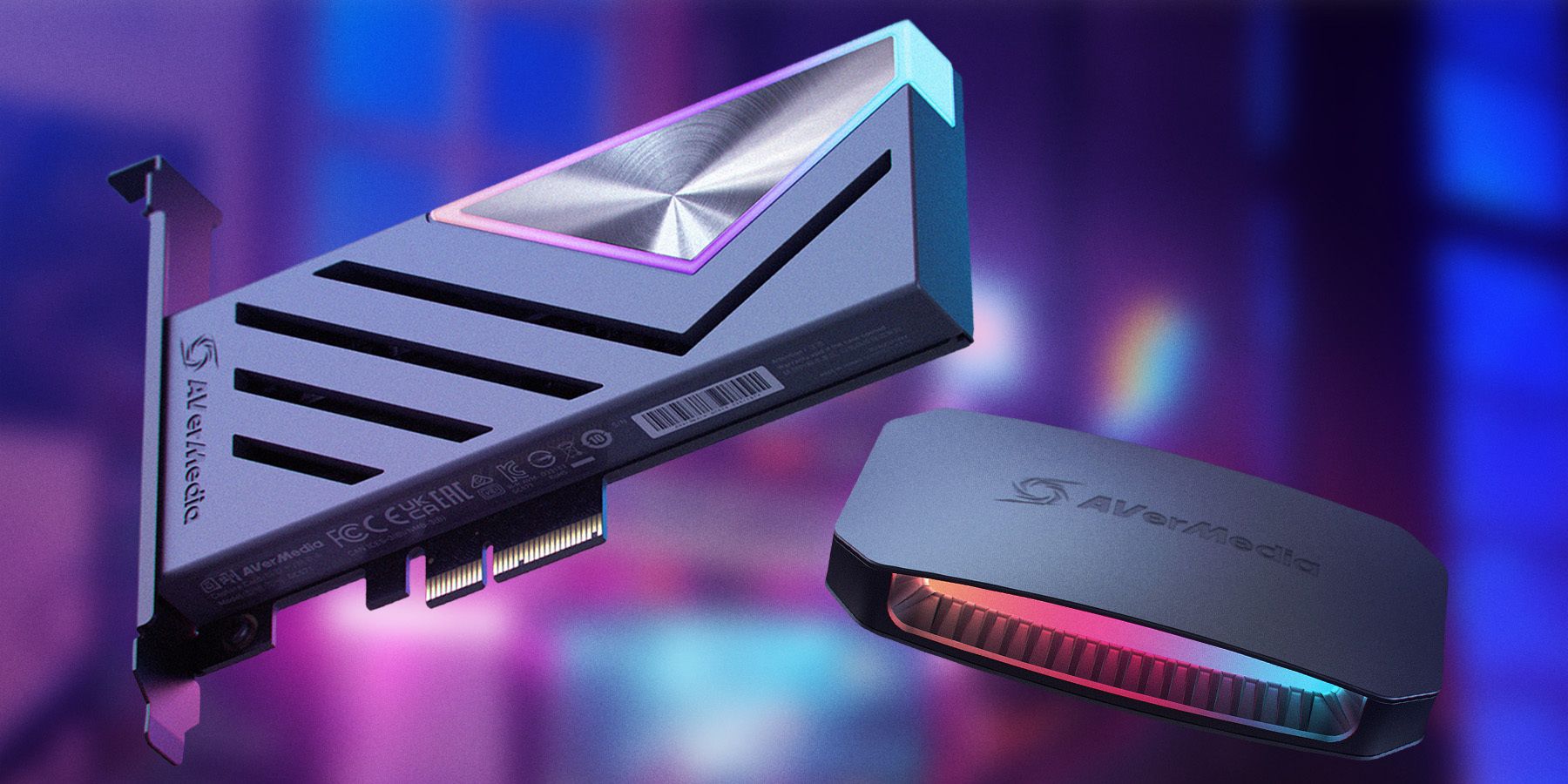
Related
AVerMedia Live Gamer ULTRA 2.1 and 4K PCIE Capture Cards Review
AVerMedia is one of the first to deliver an HDMI 2.1 external capture card that meets the promise of high frame rates and resolution with no downside.
Even when not gaming at higher refresh rates, this capture card is still a solid upgrade with its support for VRR and HDR. It significantly improves the gaming and streaming quality and makes the overall gameplay feel smooth and responsive. It even supports a staggering 360Hz passthrough at 1080p, making it ideal for competitive esports gaming. Like previous AVerMedia cards, the Live Gamer Ultra 2.1 has a sleek design with a beautiful and customizable RGB LED strip. It also has a dedicated headset jack and a controller jack that lets users start a console party without sacrificing the main audio.
The Live Gamer Ultra 2.1 was marred with software issues at launch, but AVerMedia solved most of them through a series of software updates. The latest update even unlocks 4K at 144Hz capturing on Windows. To avoid any issues during setup, make sure to connect the card to a 10Gbps USB-C port on your PC and update it to the latest software.
Things to Consider When Buying a Capture Card
Internal/External: Capture cards are available in two different types: Internal and External. Internal capture cards provide a PCI-E interface to fit into a motherboard slot, but External capture cards provide HDMI and USB connection types. The latter is more popular due to its versatility and ease of usage, but the PCI-E capture cards are best for high-end streaming setups. Depending on the features and advantages of each, users should carefully choose between the two. Most users choose the external ones, as those can be used with multiple platforms, like PCs and consoles, and are easy to connect.
Resolution and Refresh Rate: Every capture card has the ability to record at a particular resolution and refresh rate. From 1080p to 4K resolutions, capture cards have different capabilities for recording the gameplay. Getting a capture card that can record at 1080p at 60 fps should be the minimum goal for most, but as higher resolutions like 1440p and 4K are also getting popular these days, higher-end capture cards will be better but costlier.
HDR and VRR: With HDR (High Dynamic Range) support, the final footage will be more detailed. Not every capture card supports HDR and VRR (Variable Refresh Rate), but a lot of budget and mid-range capture cards come with at least HDR support. VRR is also ideal, but it’s only useful for live-streaming.
Passthrough: Passthrough is the ability of capture cards to directly show the video signals on a display without processing them for another PC. This is an essential feature that helps console gamers live stream without losing any visual quality and without added latency.
FAQ
Q: What is the best video capture card?
The Elgato HD60 X is currently the best option to go for high resolution and high refresh rate passthrough for multiple platforms like PCs and consoles.
Q: Are capture cards worth it?
For users owning a high-end gaming machine, capture cards may not be necessary as one system with powerful hardware can be sufficient for capturing or streaming the gameplay. However, professional streamers and console gamers opt for capture cards to have more functionality and reduce the load on the main hardware.
Q: Should I use OBS or a capture card?
OBS is streaming/recording software, while a capture card is hardware that works as an independent device for passing through or duplicating the gameplay on another PC/screen. OBS is generally used with capture cards as a platform for customizing the final result on the screen for the viewers.


